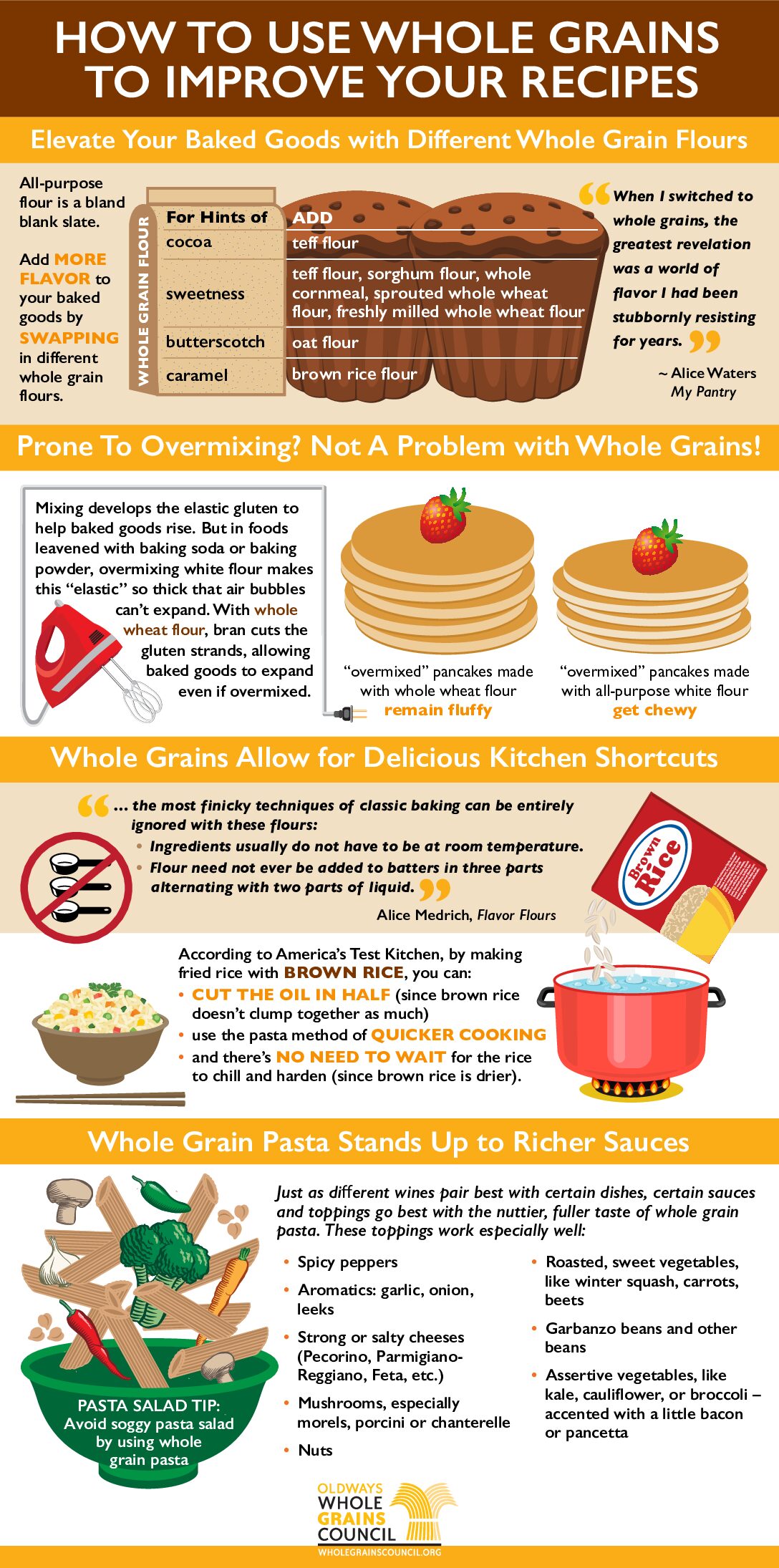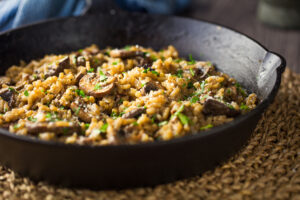Farro is an ancient wheat grain that originated in Mesopotamia.
Contrary to popular belief, farro does not refer to one type of grain. Rather, it’s Italian for “ancient wheat grain” and often used to describe three different grains:
- Einkorn: Farro piccolo, known scientifically as Triticum monococcum
- Emmer: Farro medio, known scientifically as Triticum dicoccum
- Spelt: Farro grande, known scientifically as Triticum spelta
There is much confusion over the true name for farro, mainly because the names above are used interchangeably in different regions and countries.
The kind that’s most commonly found in the US and Europe is emmer wheat. It’s sold dry and prepared by cooking it in water until it’s soft and chewy.
Before it’s cooked it looks similar to wheat berries, but afterward it looks similar to barley. It’s a small, light-brown grain with a noticeable outer layer of bran.
Farro is loved for its nutty flavor and unique, chewy texture.
It’s a great alternative to other popular grains, such as rice, quinoa, buckwheat and barley, among others.
It can be eaten alone or as an ingredient in dishes like stews, salads and soups. It can also be mixed with fruit and cream and eaten in a similar style to granola or muesli.







